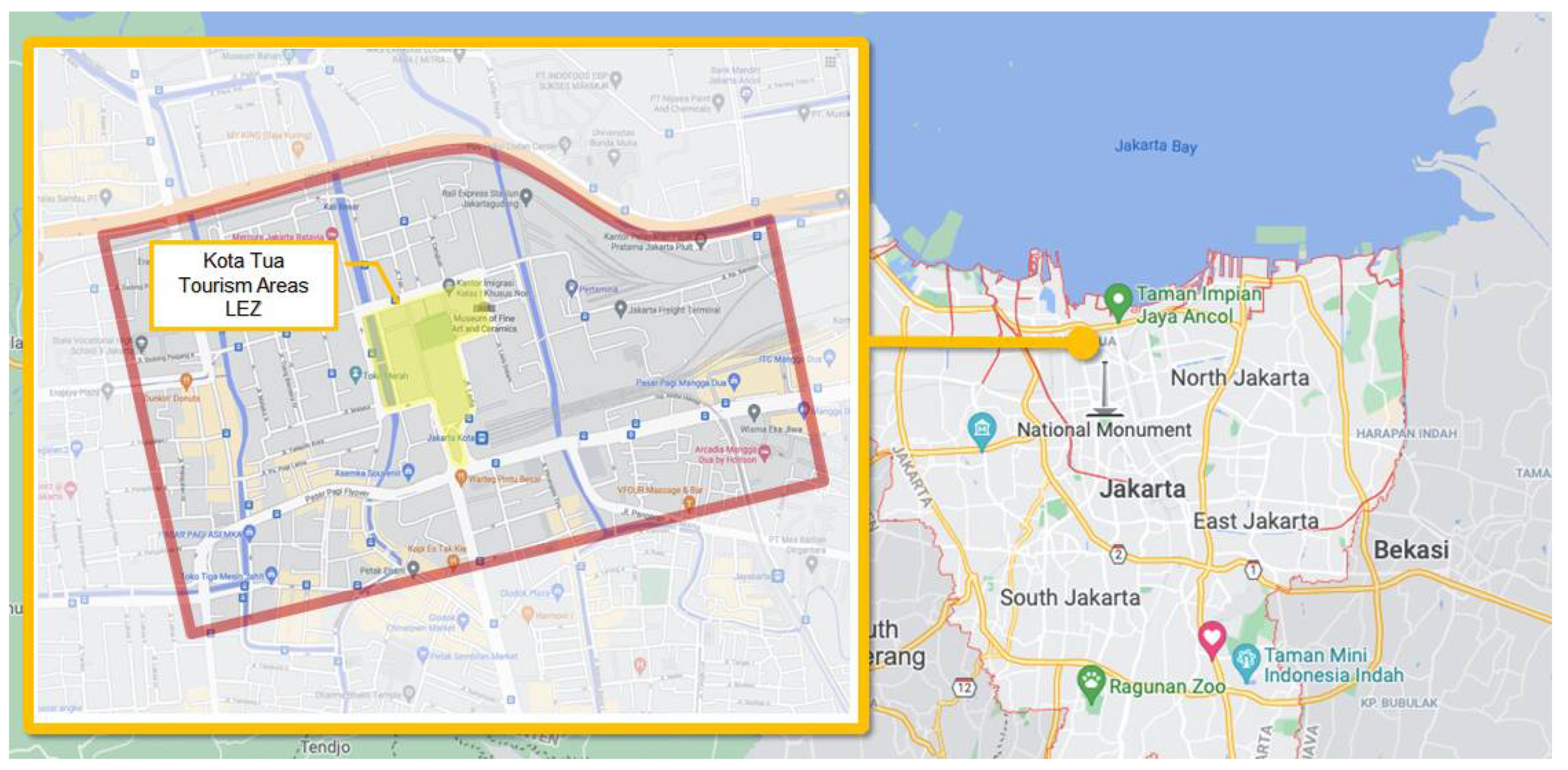Jakarta MRT’s Future Expansion Plans: What’s Next?
Jakarta, the bustling capital of Indonesia, is home to over 10 million people. With its ever-growing population and notorious traffic congestion, the city has been in dire need of efficient public transportation solutions. The Jakarta Mass Rapid Transit (MRT) system, which began operations in 2019, has been a significant step forward in addressing these challenges. However, the current network is just the beginning. Let’s explore the future expansion plans for the Jakarta MRT and what they mean for the city and its residents.
Current State of the Jakarta MRT
The Jakarta MRT currently consists of the North-South Line, also known as the Lebak Bulus-Bundaran HI line. This line spans approximately 16 kilometers and includes 13 stations, connecting the southern part of Jakarta to the city center. Since its inception, the MRT has provided a reliable and efficient mode of transportation for thousands of commuters daily, significantly reducing travel time and easing traffic congestion in the areas it serves.
Despite its success, the current MRT line covers only a small portion of Jakarta. Many areas, especially in the eastern and western parts of the city, remain underserved by public transportation. This limitation highlights the urgent need for expansion to create a more comprehensive network that can cater to the entire city.
Future Expansion Plans
The future expansion of the Jakarta MRT is ambitious and aims to transform the city’s public transportation landscape. The next phase of development focuses on extending the existing North-South Line further north to Ancol and south to Lebak Bulus. This extension will add several new stations, making the MRT more accessible to a larger population.
In addition to extending the North-South Line, plans are underway to develop the East-West Line. This new line will connect the eastern and western parts of Jakarta, providing a crucial link between these densely populated areas. The East-West Line is expected to span approximately 87 kilometers, with multiple stations strategically located to serve key residential and commercial areas.
The expansion plans also include integrating the MRT with other modes of public transportation, such as the TransJakarta bus system and the commuter rail network. This integration aims to create a seamless and efficient transportation system, allowing commuters to easily switch between different modes of transport and reach their destinations more quickly.
Benefits of the Expansion
The expansion of the Jakarta MRT is expected to bring numerous benefits to the city and its residents. Firstly, it will significantly reduce travel time for commuters, making it easier for people to move around the city. This improvement will not only enhance the quality of life for residents but also boost productivity and economic growth by reducing the time spent in traffic.
Moreover, the expanded MRT network will help alleviate traffic congestion, one of Jakarta’s most pressing issues. With more people opting for public transportation, there will be fewer vehicles on the road, leading to less pollution and a cleaner environment. This shift towards sustainable transportation is crucial for the city’s long-term development and environmental health.
Additionally, the expansion will promote equitable access to public transportation. By extending the MRT to underserved areas, more residents will have access to affordable and reliable transportation options. This inclusivity is essential for fostering social and economic development across the city.
